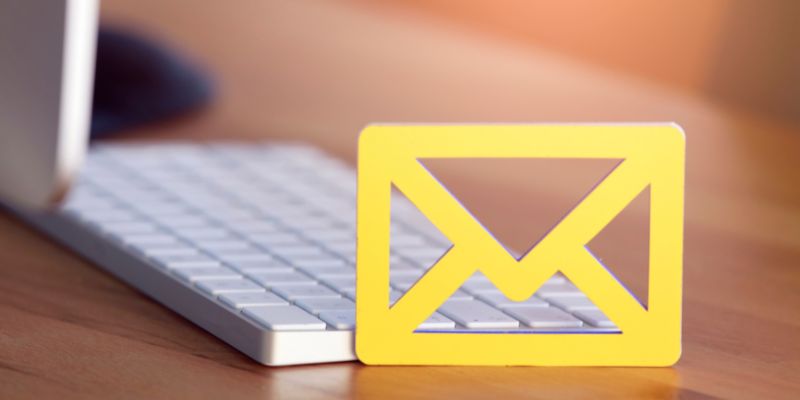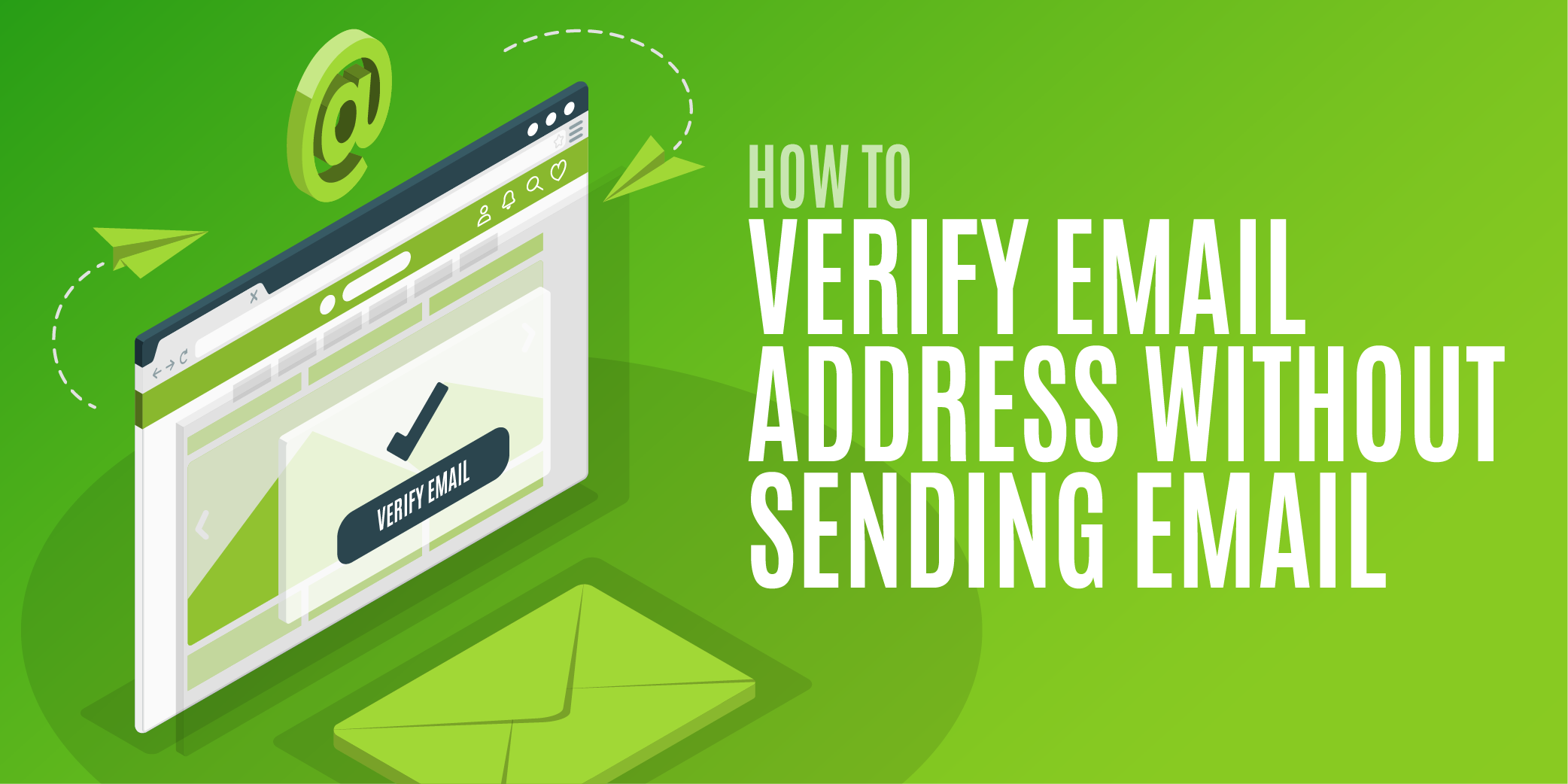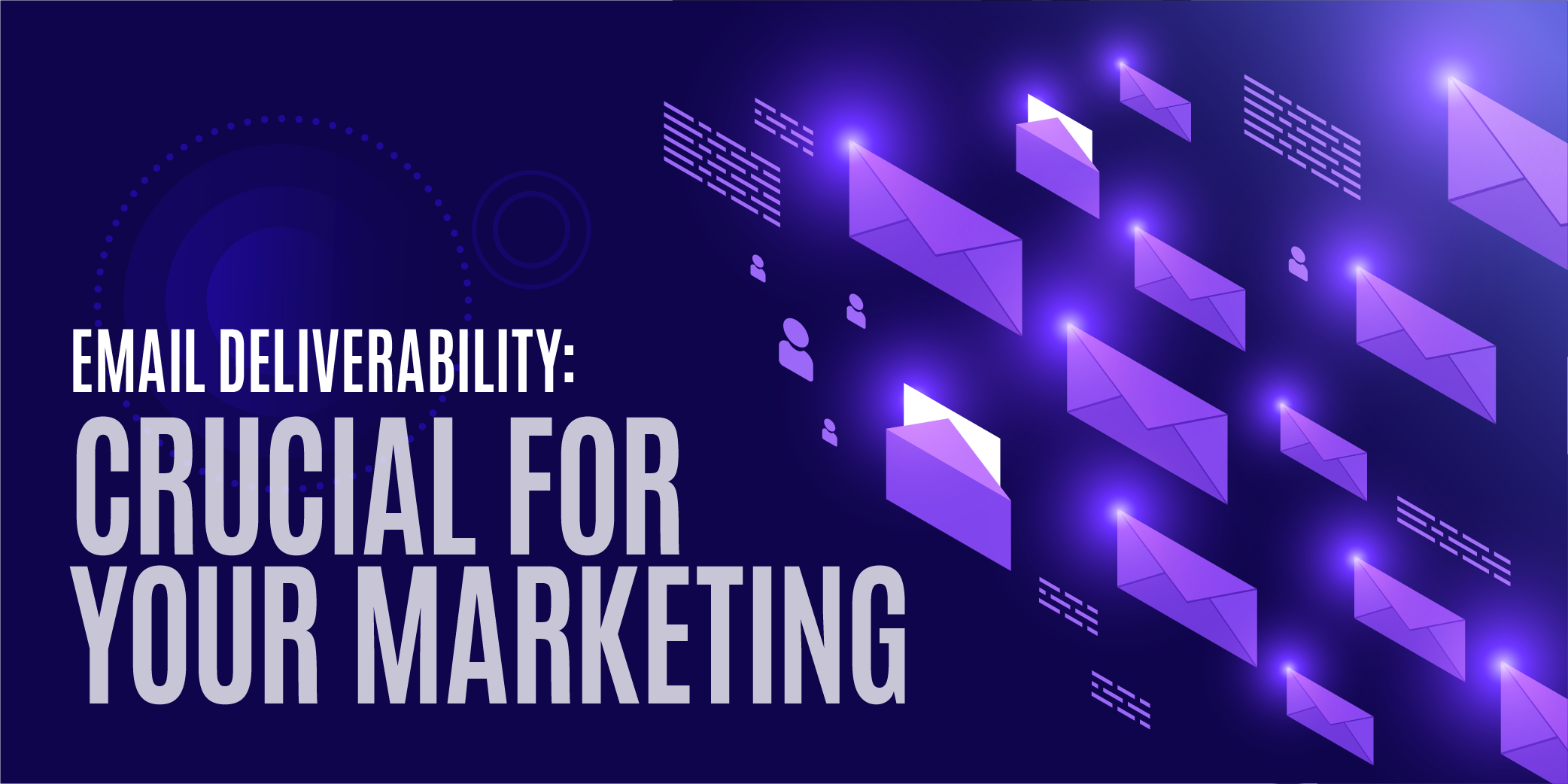
Email list cleaning is one of the most important aspects of maintaining a healthy email marketing strategy. Email lists need to be cleaned on a regular basis to ensure maximum deliverability and to avoid Email Service Providers (ESPs) from blocking or suspending your account.
Over time, email lists can become cluttered with inactive or unengaged subscribers. This happens most often when contacts change jobs, change their email address or simply lose interest in your products and services. Sometimes, inboxes become full or are deleted, which can lead to bounces every time you send an email. Finally, invalid emails can also creep into your list if people make typos when subscribing in the first place.
Cleaning your email list helps keep your bounce rate low, improve deliverability, and maintain a good sender reputation. It also helps improve your email open and click-through rates by getting rid of the inactive and unengaged subscribers who leave your emails unread.
Read on to find out the various ways to clean your email list, and how email verification can help you declutter your contacts list.
Why is a clean email list important for marketing?
When it comes to the success of your email marketing efforts, it's important to factor in the quality of your email lists, as well as the quantity.
Over time, your lists can accumulate problematic email addresses, such as fraudulent addresses, spam traps, disposable email addresses, and email addresses that contain errors. By removing these contacts, you can instantly boost the performance of your marketing campaigns.
A clean email list can lead to:
- A more engaged audience - by maintaining a clean email list, you will only be sending communications out to people who are actively interested in hearing from your business.
- Improved deliverability - If you remove disengaged contacts, you reduce the risk of your emails bouncing or landing in the spam folder.
- Improved sender reputation - cleaning your email lists so that you’re only communicating with engaged contacts will improve the performance of your account, therefore helping to build your sender reputation.
All of these factors lead to better campaign performance for your marketing emails.
Avoid spam traps in your email list
A spam trap is an email address that is specifically set up to catch spammers. Email addresses can become spam traps in a number of ways, but the most common is when an ESP closes down an inactive account and then re-activates it as a spam trap.
Sending emails to spam traps can cause serious damage to your sender reputation, and can even get you blacklisted. This is why it's so important to clean your email lists regularly, and to remove any spam traps that might have found their way onto your list.
Find out more about spam traps, and how to clean your list of them.
When should you clean your email list?
The frequency with which you clean your contacts list will depend on a variety of factors, for example, the size of your database, or how often you run email campaigns. It also depends on your list's growth rate.
As a rule of thumb, most businesses should look to clean their email lists at least once a year. That said, if you gain or lose a high number of subscribers on a monthly basis, you may need to check your email list more often.
There are a number of signals you can look out for that indicate you should cleanse your contact list. These include:
- Low deliverability rate
- Low click-through rate
- Spam complaints
- Increased bounce rate
- Increased unsubscribes
It is vital to monitor these metrics to quickly identify potential issues with your campaigns. This will flag any reasons to clean your email list and help reduce any risk to your campaign performance.
Keep your email lists fresh
Even if you’re not currently experiencing any issues with your email marketing campaigns, it’s still important to keep on top of your lists. It is always better to be proactive than reactive and prevent issues such as bounces before they happen. This means you will avoid even minor damage to your sender reputation.
Learn how Email Hippo can help you remove old email addresses from your system.
How to clean your email list
There are a number of ways you can improve the quality of your email lists. These include:
Manually remove unengaged contacts
You can do this by looking through your email lists and removing any contacts that haven’t opened or clicked on your emails in a while. This can be time-consuming, but it’s worth doing if you want to keep your lists clean.
Use an email address list cleaning/verification tool
Identifying spam traps, fake email signups, disposable emails, syntax errors, and other problematic addresses can be a difficult task. Using a bulk email checker will immediately spot these and allow you to remove them from your lists, helping to ensure that your emails reach an active and engaged audience.
Automate email address verification on all form submissions
Integrating an email address verification tool with your existing systems will allow you to confirm the validity of the address being used, immediately when a user submits their email address into a form. This will help you maintain a clean database of contacts going forward, protecting the performance of future campaigns as well as your sender reputation.
Launch a re-engagement campaign
Launching a re-engagement campaign aims to encourage those contacts who are less engaged with your content, but not completely inactive, to realise the value offered by your communications. Alternatively, it can give them the opportunity to update their permissions or unsubscribe if they no longer want to receive your emails. This will prevent you from contacting disengaged contacts and risking spam complaints in the future.
Find out more about how to clean out your email list.
How email address verification can help you clean your email lists
Email list verification is the process of verifying the accuracy of email addresses on your list and from sign ups on forms.. By verifying emails, you can be sure that they are valid and active, which will prevent bounces and keep your sender reputation high.
Most email verification solutions are simple online tools, where the process is to sign up, upload the list you want to clean, and receive results as soon as the list has been run through the tool. You can then work on removing the email addresses flagged by the verification software.
Email verification solutions work by checking each email address on your list against a database of known valid and invalid addresses. However, it’s important to note that not all verification solutions are the same, and use different methods to verify email addresses.
Read more about the different techniques used to verify email addresses.
Once the email verifier has checked the syntax and formatting of each email address, they will then check to see if the email address is actually valid and exists. This process is called “domain validation”. Email verifiers will check the DNS records of the domain to see if there is an MX record, which indicates that the domain can receive email.
Get a masterclass in email verification by reading our free guide.
Clean your email list with Email Hippo

Got an email list that needs cleaning? It couldn't be easier to use our email verification solution to sort the good from the bad.
CORE is our self-service email list cleaning product. You can use it either on a one-off or subscription basis, with a price based on the number of emails you want to check, so it's flexible and cost-effective whether you need to verify a few hundred emails or hundreds of thousands.
Once you've activated your CORE account, you just need to upload your email list in CSV format. A CSV file is essentially a spreadsheet, and most spreadsheet apps will be able to create them easily. This includes Excel and Google Sheets.
Once your email list is uploaded into CORE, CORE will identify the number of unique emails in the file - so you won't be charged for duplicates - and you'll be able to start the email verification process in just one click.
Once CORE is finished cleaning your email list, you'll be able to download the results in another spreadsheet. You can either download the full list (with a new column to tell you which emails are good or bad), or you can just download the good, bad or unverifiable emails.
Want to see it for yourself? Start your free trial today and you'll be able to clean your first email list of up to 100 emails for free.








